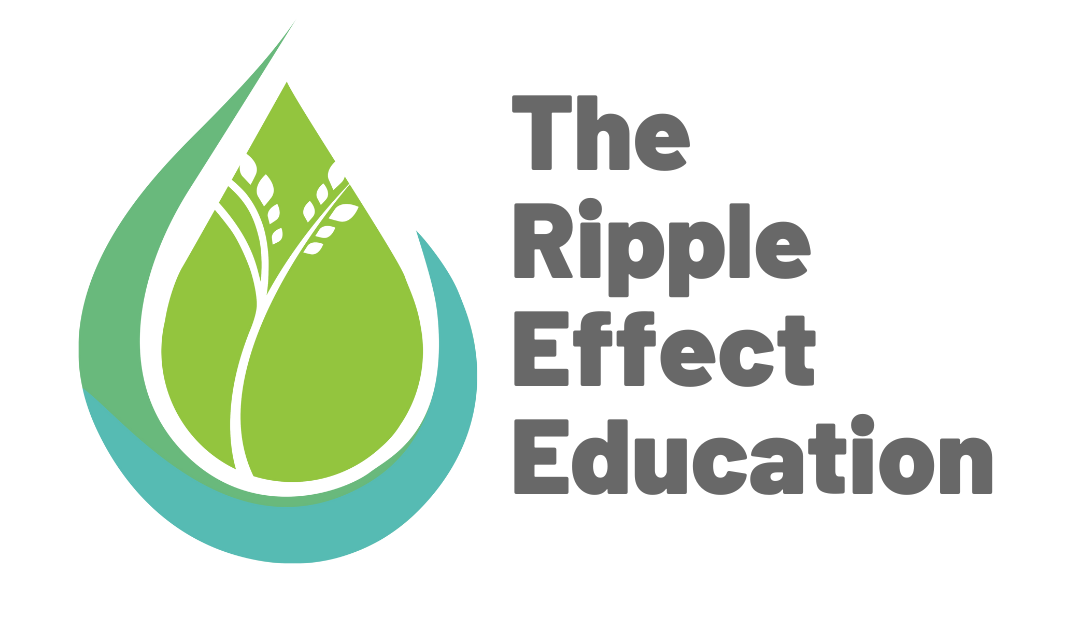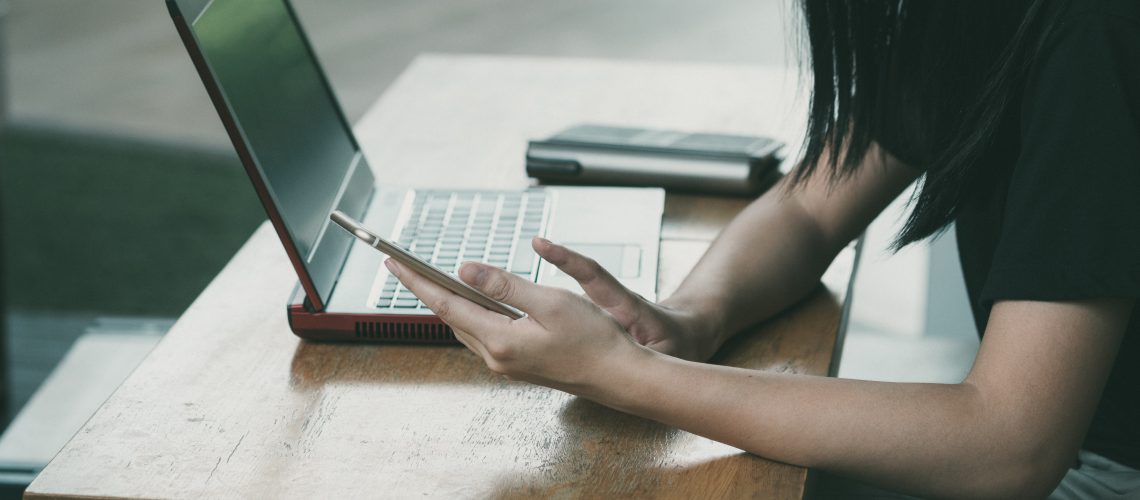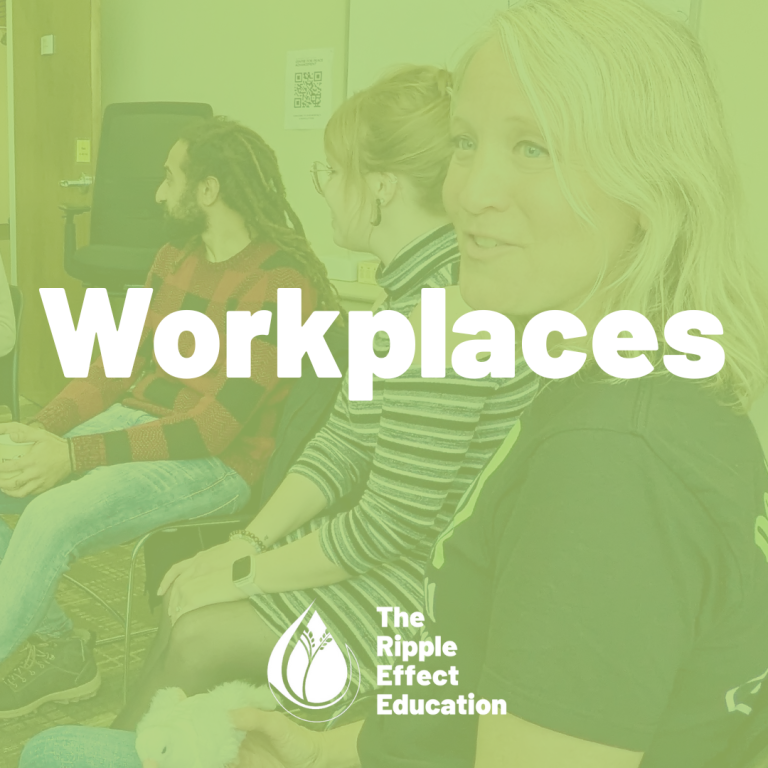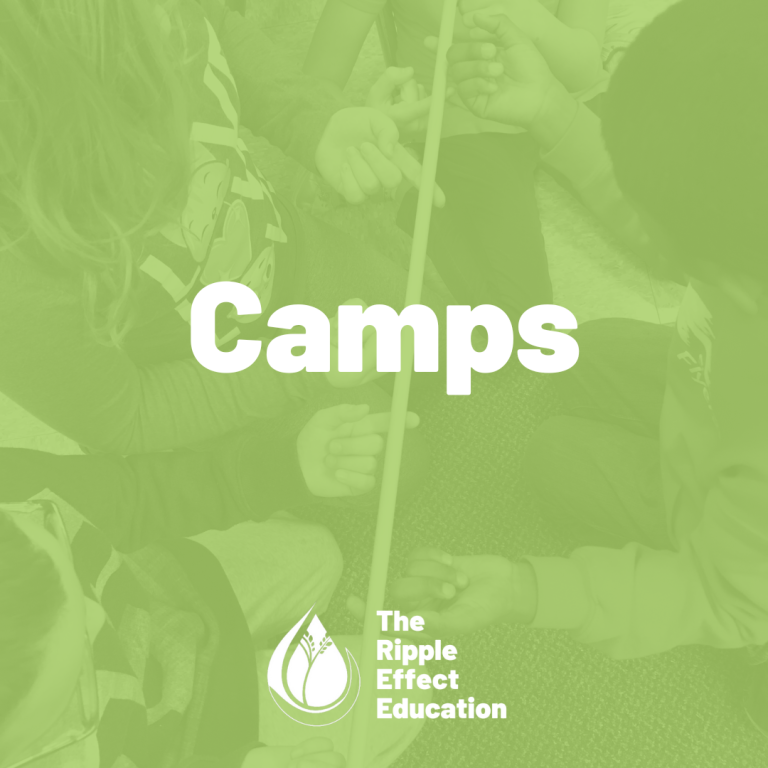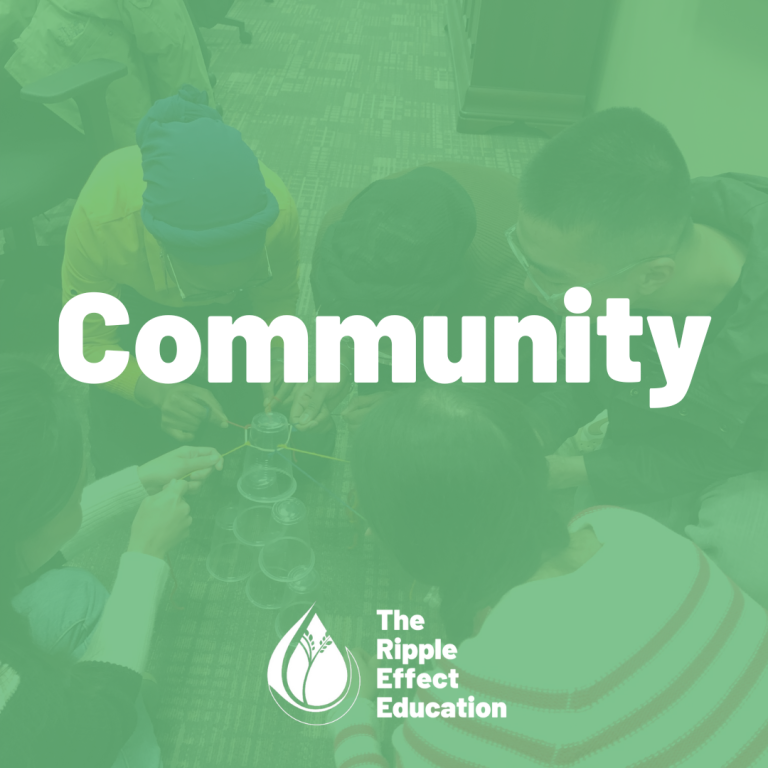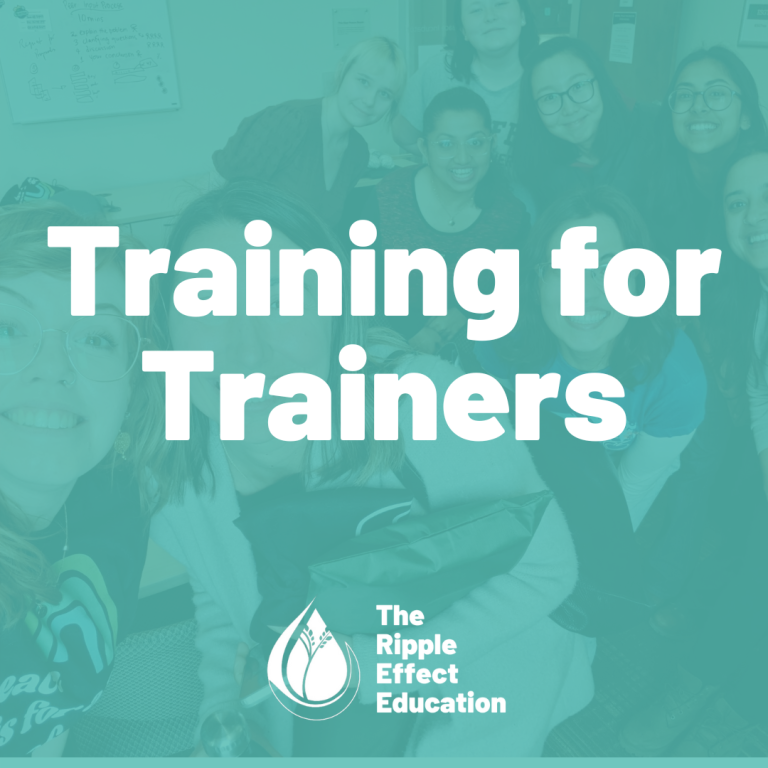When thinking about being an active bystander, we often think of examples from when we are at school, our workplaces, or in public. What is more difficult to think of, but just as prevalent for most of us, (if not more), is how we can be an active bystander in the online world. Having a screen between us and the other person gives a sense of anonymity, and we feel more free to act in ways that we might not if we were face-to-face with the person.
Because of this, we see “Facebook Wars”, snide comments, and exclusivity in group chats frequently. When these happen, how do we respond? It is easy to ignore them and pass by the comments, but when we see these comments or actions directed at us or a person close to us, it becomes more difficult to brush off that feeling. So how can we be active bystanders when we see harm happening in our online communities?
- Check in with the target. In an online world, it is easy enough to send a private message to someone when you see harm happening and offer support or resources to them.
- Name the harm. This can take courage, as you are often writing directly to the harm-doer, but naming the harm that is happening is a very effective way of showing that you see what is happening, and you are not okay with it. This is also really helpful when the harm-doer does not realize that what they are doing is harmful. Naming the harm in a kind and understanding way can help the harm-doer to realize their mistake and learn from it in the future.
- Leave the group chat. I know that this is so hard, especially when we have our own FOMO (Fear Of Missing Out). When something is happening in a group chat that feels inappropriate or causes harm, it is okay to leave that chat. You may need to do this to stand up for someone else who is being excluded, or to make sure you are taking steps to take care of yourself when you see harm happening.
In whatever ways we show up as an active bystander, it is important to recognize and remember that we want to end the harm happening to all parties involved, including the harm-doer. There are things we could do, but they would end up hurting the harm-doer, which would lead to additional harm happening in our communities.
What would you add to the list? How can we be active bystanders in an increasingly online world?
Read our other related blog posts:
- Becoming An Active Bystander: The 5 D’s of Bystandership
- Becoming An Active Bystander: Positions and Terms
Photo by Porapak Apichodilok from Pexels
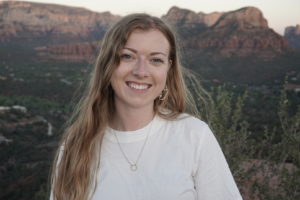 Leah Kschesinski (she/her) is an advocate for justice and strong community building. Having a Bachelor of Environmental Studies in International Development, combined with minors in Peace and Conflict Studies and Social Development Studies from the University of Waterloo has led to experiences intersecting all three of these topics in social innovation, female empowerment, and youth education. Leah is especially passionate about creating safe spaces for cross-cultural learning and un-learning to happen, and with personal experience in the Waterloo start-up space, she is excited by pretty much any form of social innovation and honing those ideas. In her free time, Leah loves to explore creative outlets such as photography, painting, and graphic design, as well as exploring different cities and all that nature has to offer.
Leah Kschesinski (she/her) is an advocate for justice and strong community building. Having a Bachelor of Environmental Studies in International Development, combined with minors in Peace and Conflict Studies and Social Development Studies from the University of Waterloo has led to experiences intersecting all three of these topics in social innovation, female empowerment, and youth education. Leah is especially passionate about creating safe spaces for cross-cultural learning and un-learning to happen, and with personal experience in the Waterloo start-up space, she is excited by pretty much any form of social innovation and honing those ideas. In her free time, Leah loves to explore creative outlets such as photography, painting, and graphic design, as well as exploring different cities and all that nature has to offer.
